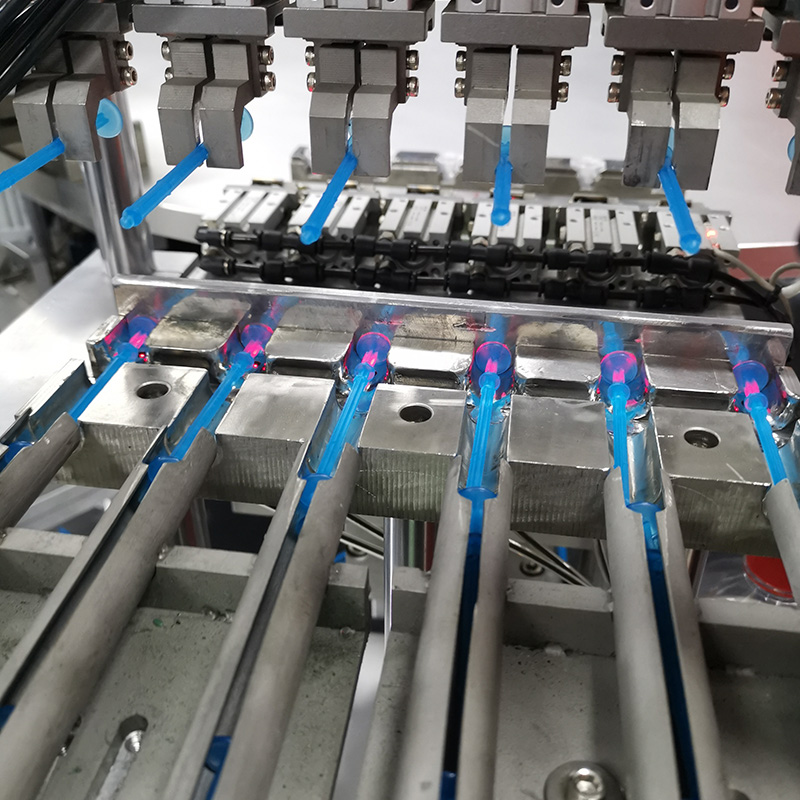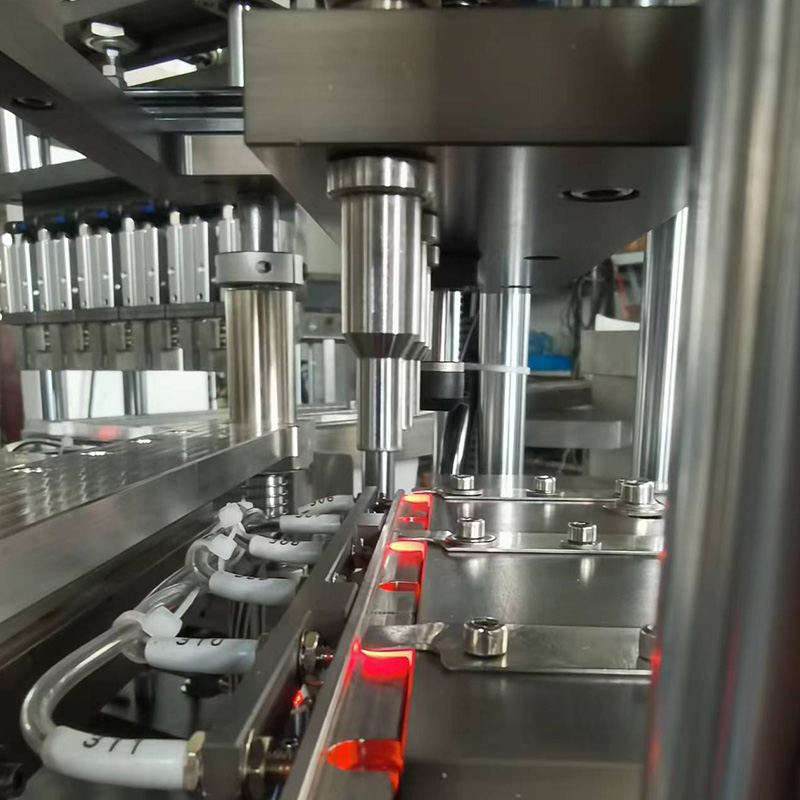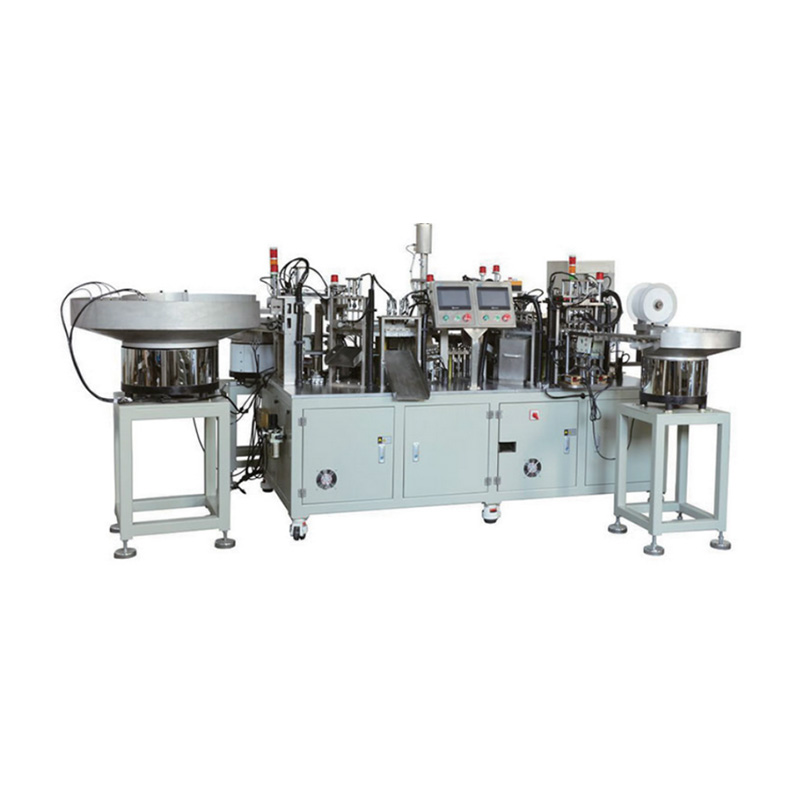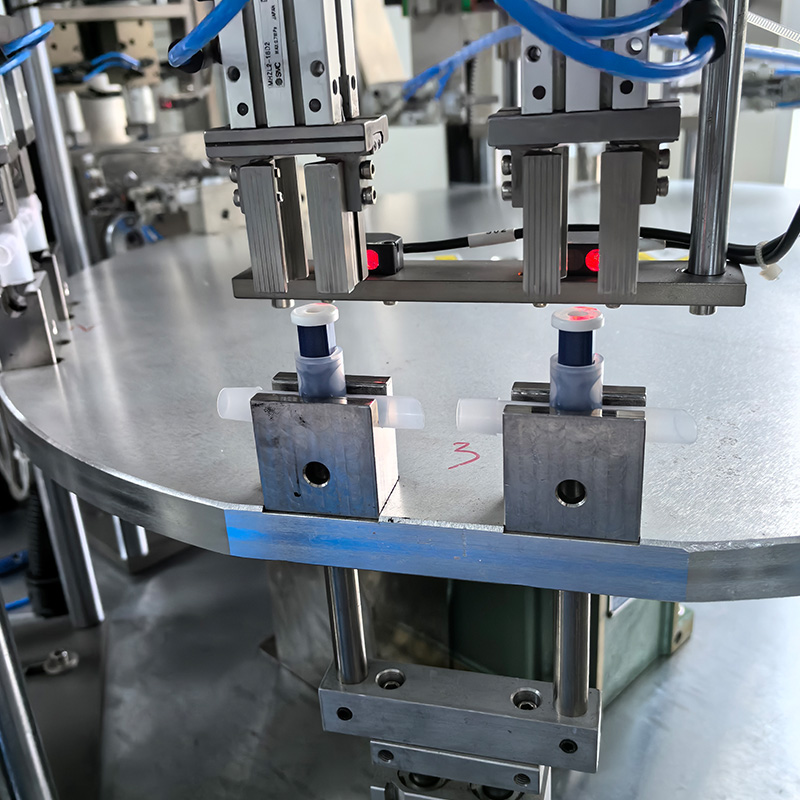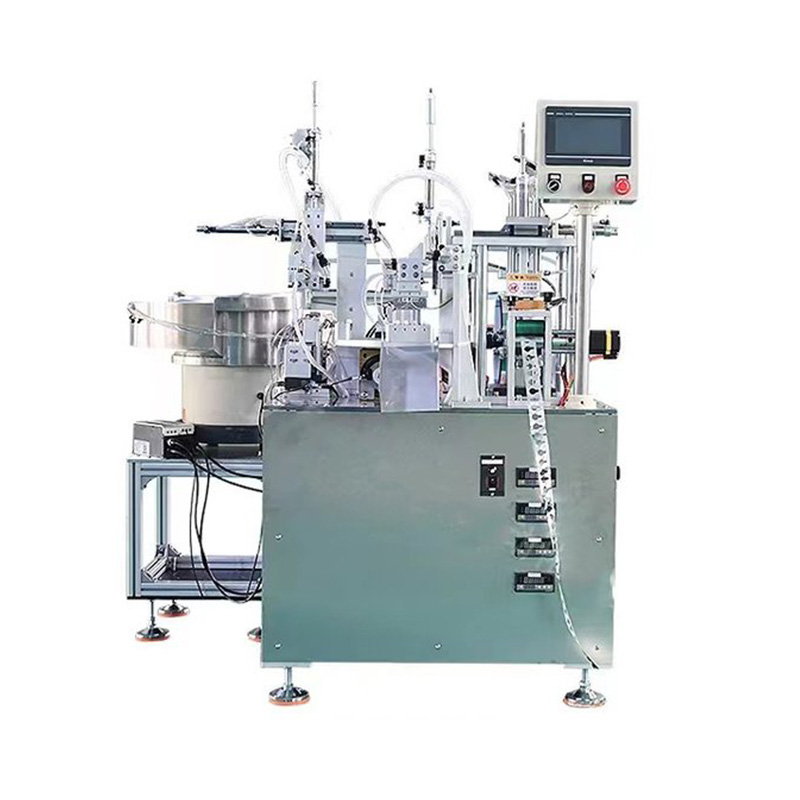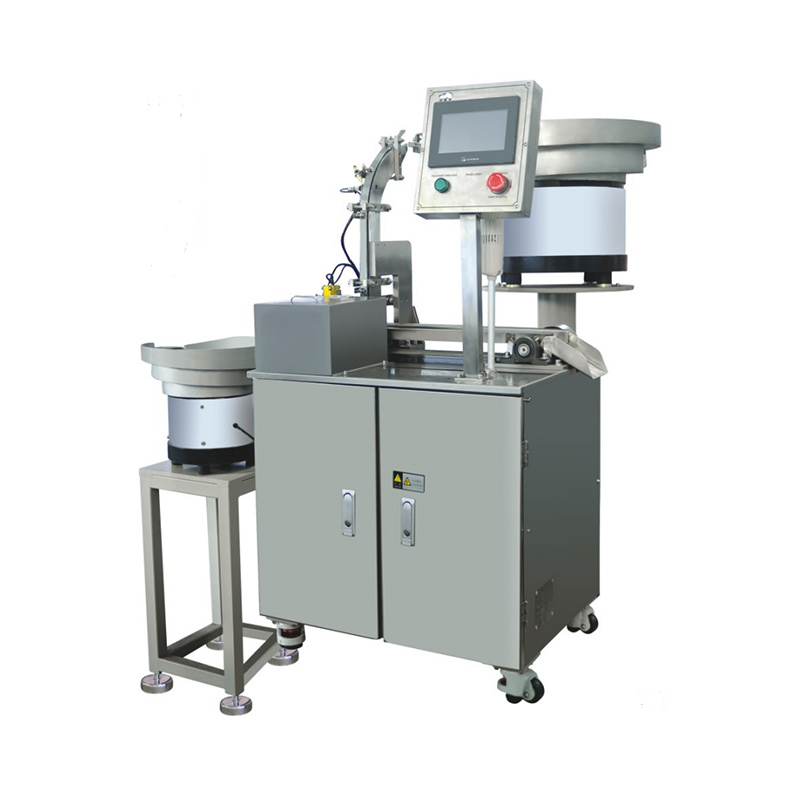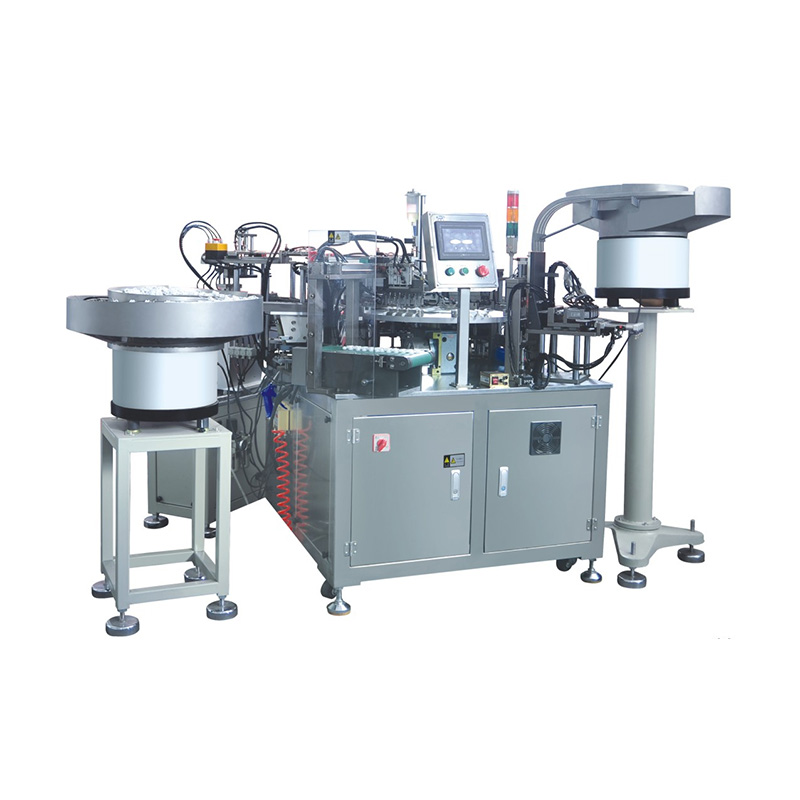China Zhejiang Taizhou Ambe Trading Co., Ltd. is a manufacturer specializing in the production of medical equipment automation equipment.
As global demand for pre-filled and disposable syringes continues to increase—driven by mass immunization programs, chronic disease treatment, and the use of self-injection devices—manufacturers are turning to automation as a key strategy to enhance efficiency, consistency, and scalability.
Traditionally, syringe production relied heavily on manual processes. Workers were responsible for tasks such as inserting plungers, aligning barrels, filling the syringe body, and performing basic inspections. While effective at small scales, these methods often suffered from inconsistent output quality, higher labor costs, slower production cycles, and increased human error. In contrast, the Automated Syringe Assembly and Filling Production Line offers a streamlined solution, combining robotics, precision sensors, and intelligent software systems to manage the entire production workflow with higher speed and reliability.
The core of the Automated Syringe Assembly and Filling Production Line includes several critical stages: component feeding, needle insertion, barrel assembly, plunger placement, precise liquid filling, sealing or capping, and in-line quality inspection. Each step is handled by automated modules designed to maintain strict hygiene standards and dimensional accuracy. For example, automated filling units can dispense medication or vaccine doses with deviations controlled within microliter precision, reducing waste and compliance with regulatory standards.
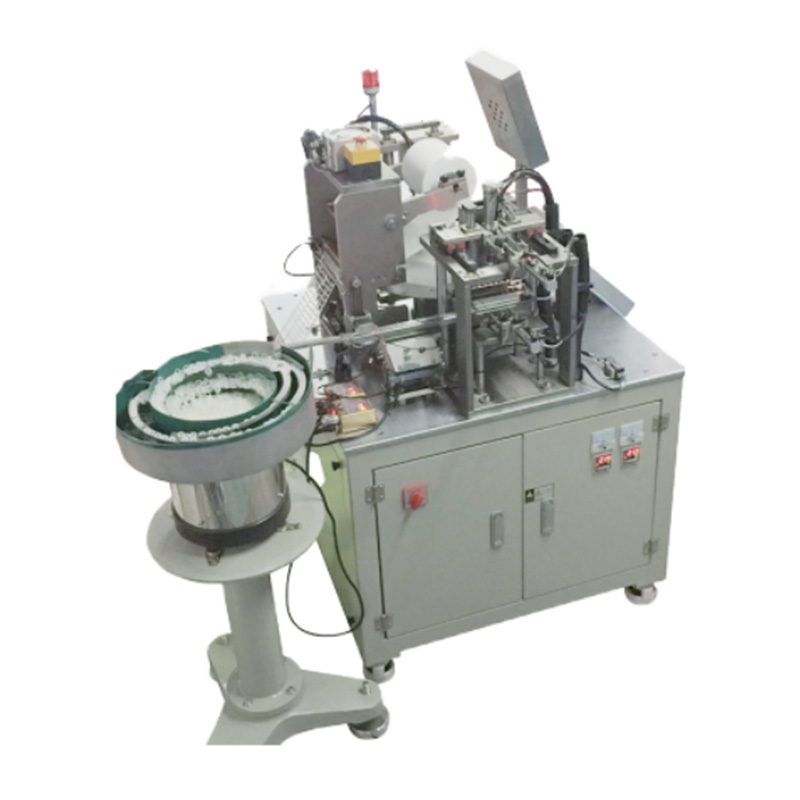
One of the major advantages of the Automated Syringe Assembly and Filling Production Line is its ability to operate continuously. A single line can produce thousands of syringes per hour, depending on the complexity and type of syringe. Moreover, downtime due to component changeovers or maintenance is significantly reduced, thanks to modular designs and real-time monitoring systems that support predictive maintenance.
Another crucial benefit of implementing an Automated Syringe Assembly and Filling Production Line is the improvement in product traceability and documentation. With integrated data collection systems, each syringe can be linked to a unique batch code, timestamp, and quality record. This functionality is essential for meeting the traceability requirements set by regulatory agencies such as the FDA, EMA, and WHO.
As production environments for medical devices must adhere to strict cleanliness protocols, the Automated Syringe Assembly and Filling Production Line is typically installed within ISO-classified cleanrooms. The design of the line human contact, supports sterilization-in-place (SIP) or clean-in-place (CIP) procedures, and ensures product integrity in aseptic environments.
Manufacturers across Asia, Europe, and North America are rapidly adopting the Automated Syringe Assembly and Filling Production Line to stay competitive in both private-label and contract manufacturing markets. Especially for high-demand segments like pre-filled syringes (PFS), which are commonly used in vaccines, biologics, and biosimilars, automation ensures the necessary speed, hygiene, and quality assurance.
Another key factor contributing to the rise of the Automated Syringe Assembly and Filling Production Line is its scalability and adaptability. Production lines can be tailored to accommodate a wide variety of syringe sizes, formats (such as luer lock or luer slip), and fill volumes. In this way, medical device companies can future-proof their operations and quickly respond to changes in demand.
In conclusion, the Automated Syringe Assembly and Filling Production Line represents a significant step forward for syringe manufacturers aiming to meet modern standards of efficiency, safety, and scalability. As the healthcare industry continues to evolve, investment in such automated systems will likely become the norm, rather than the exception. With benefits including increased throughput, reduced operational costs, and improved product quality, the Automated Syringe Assembly and Filling Production Line is poised to remain a cornerstone of advanced syringe manufacturing for years to come.

 English
English русский
русский Español
Español

